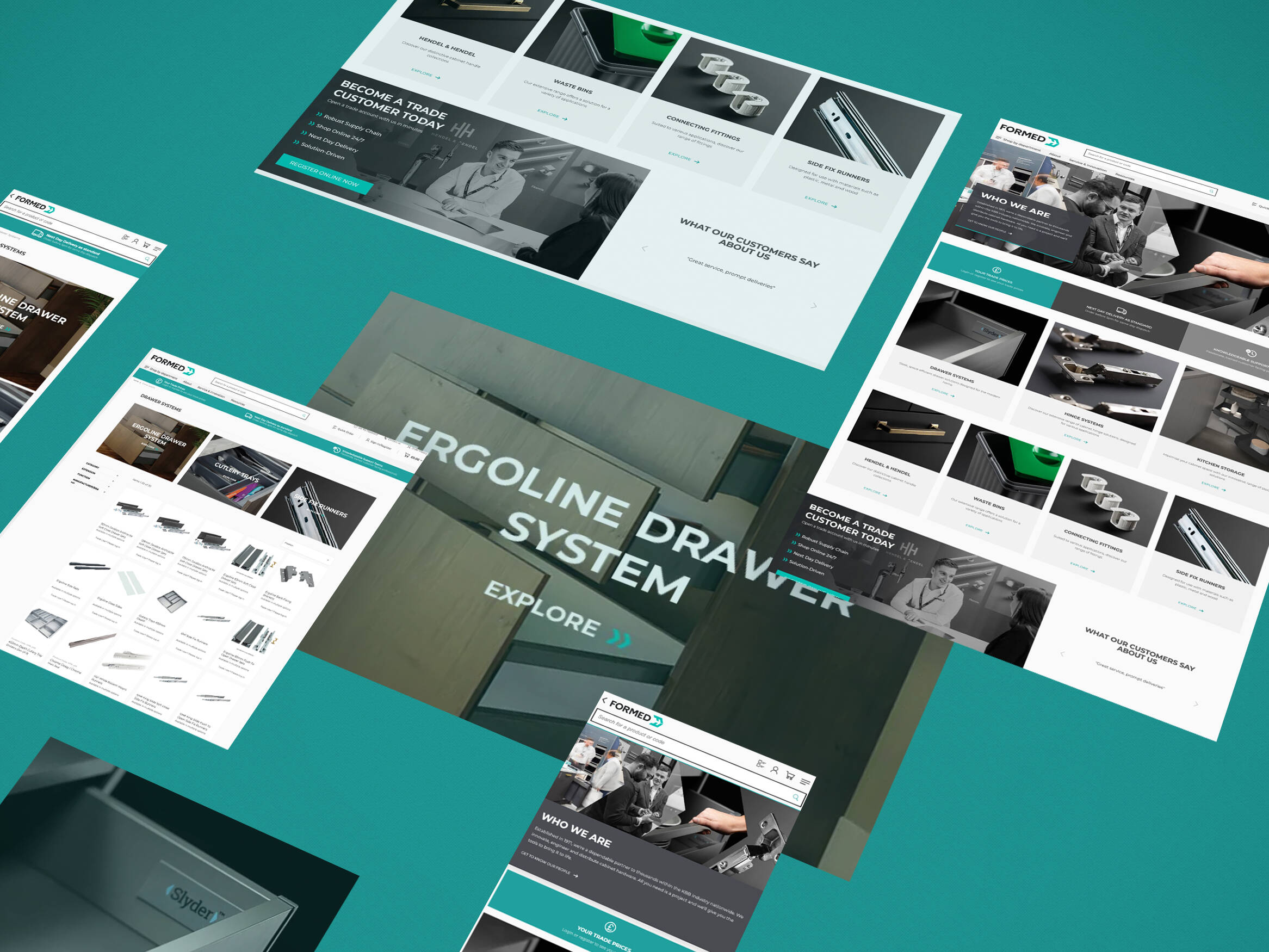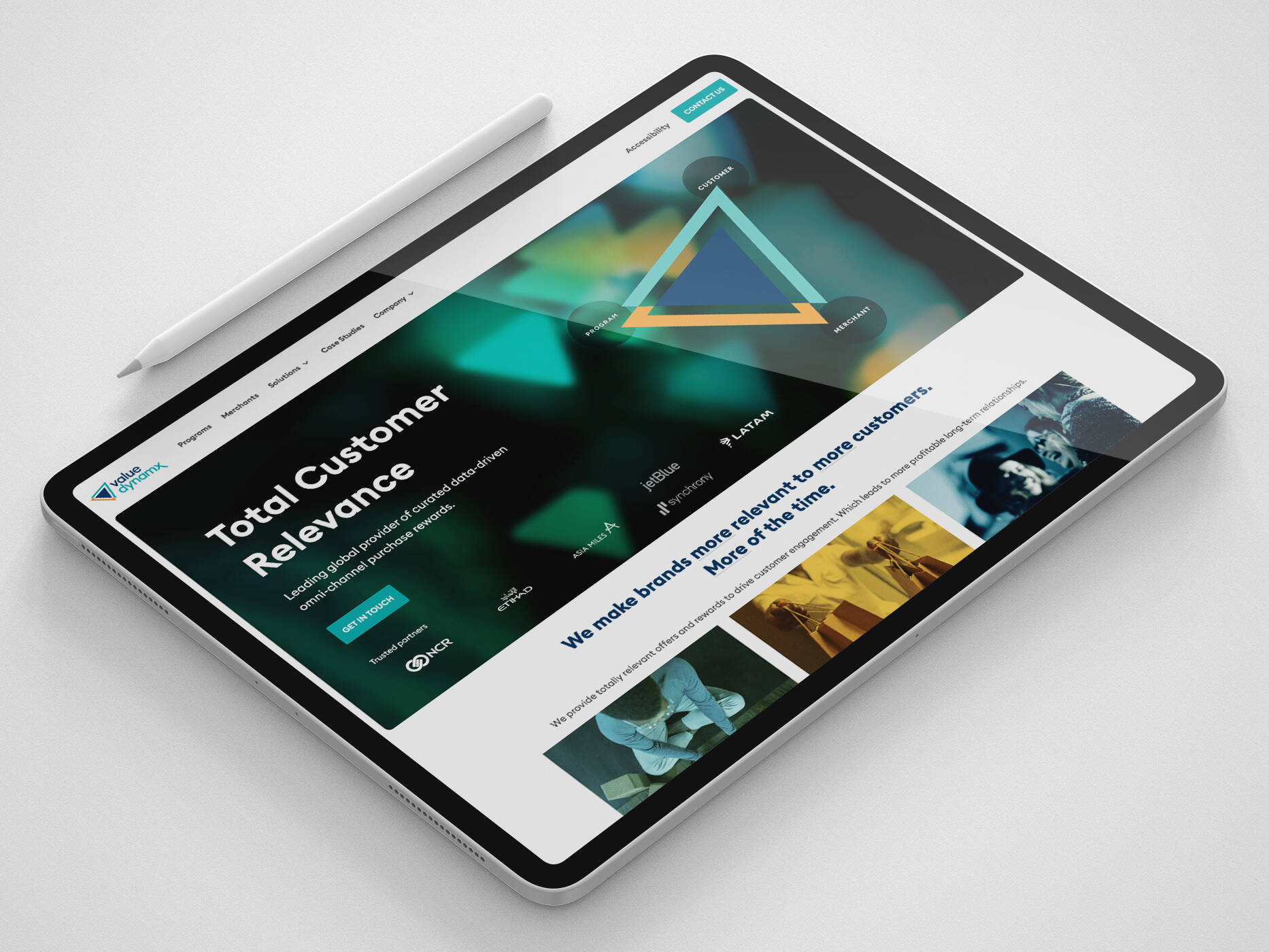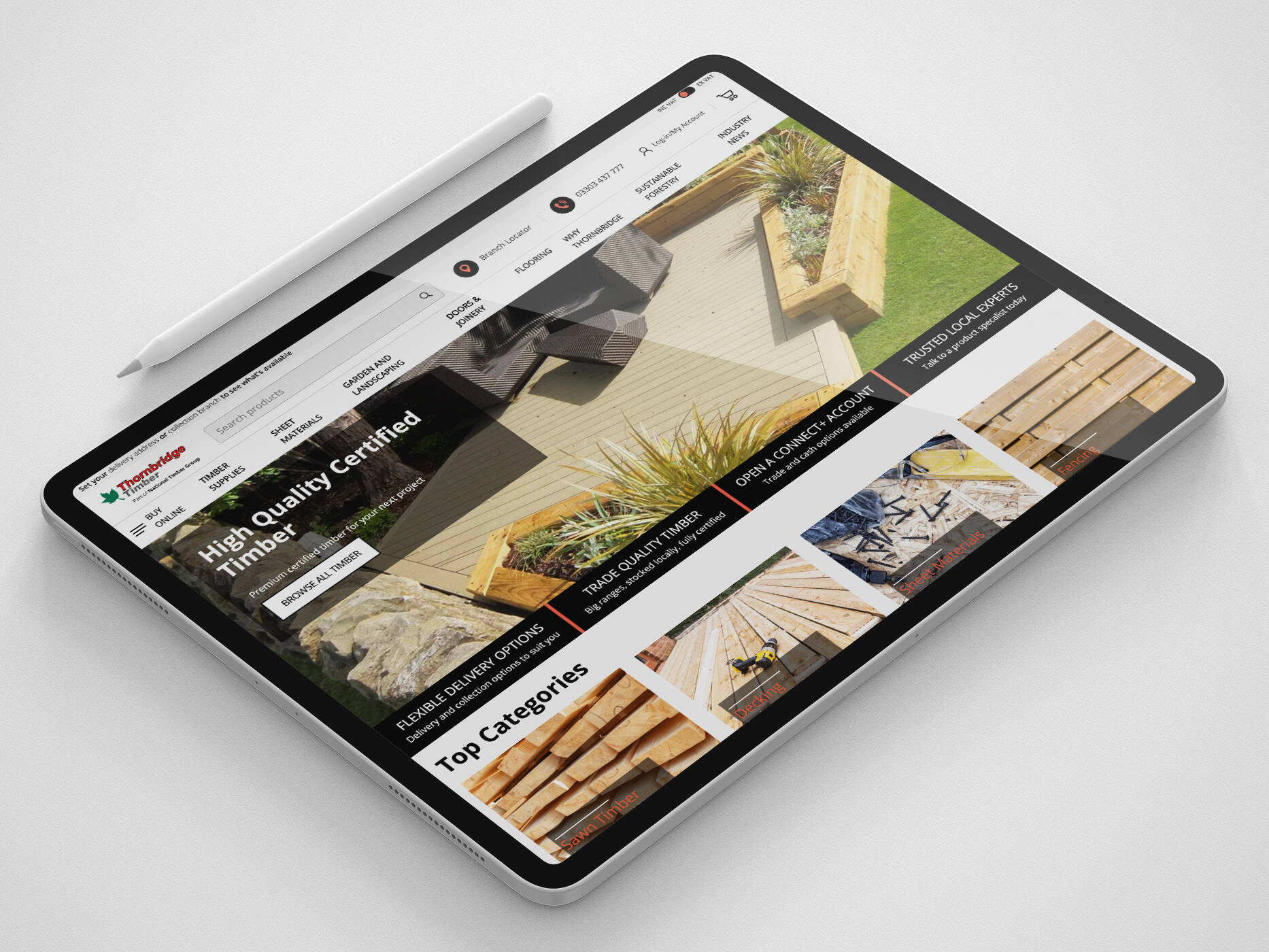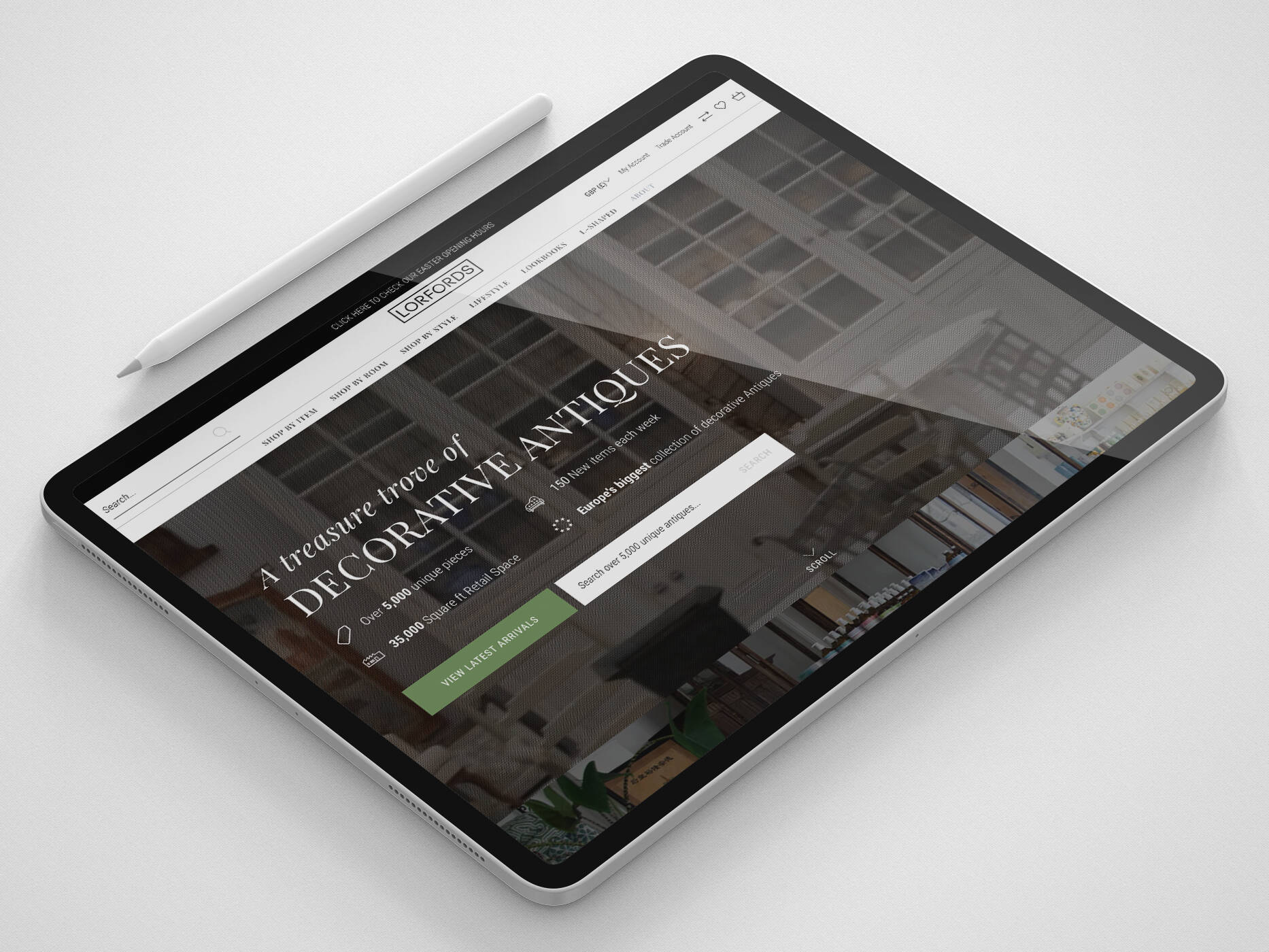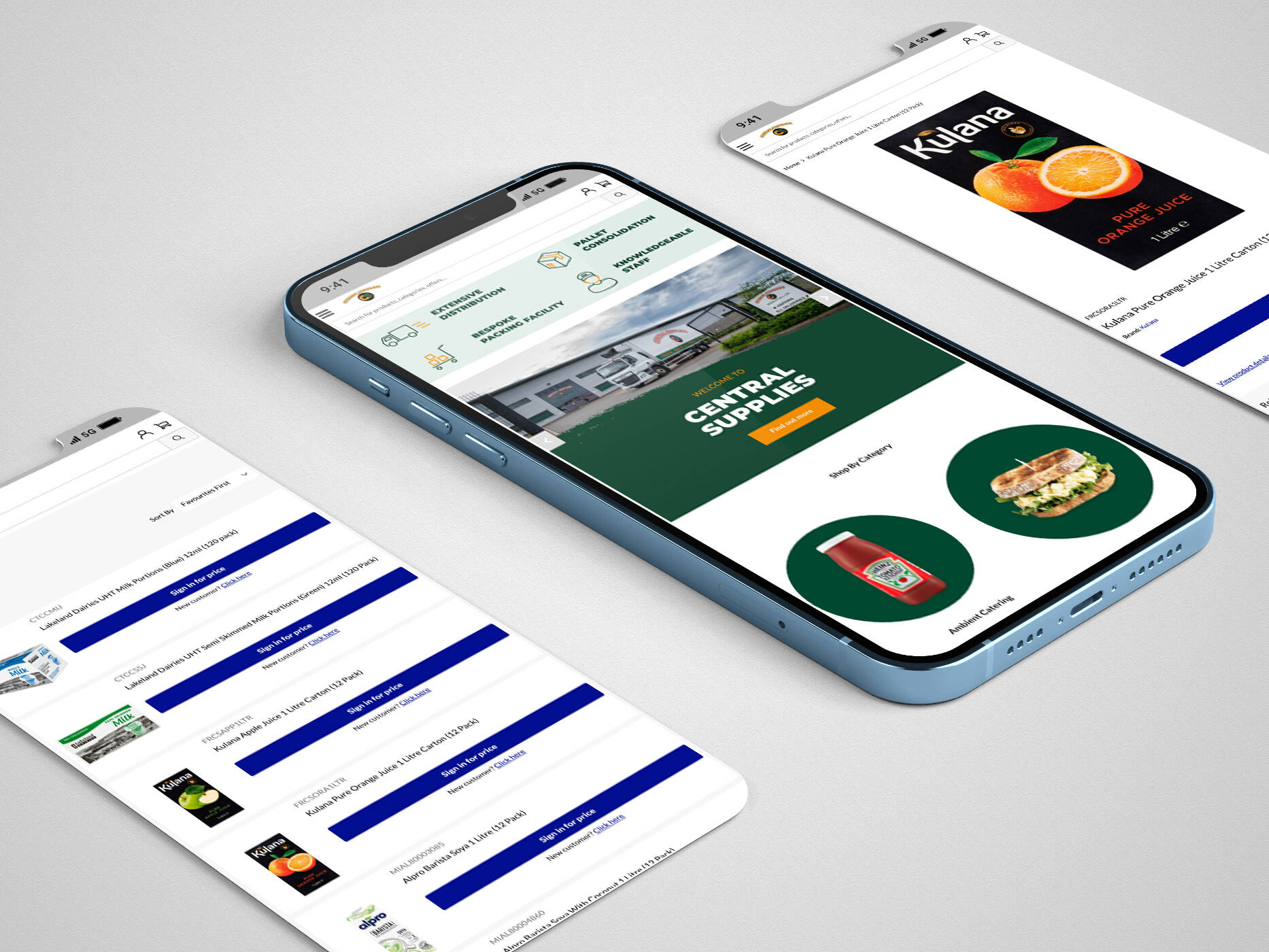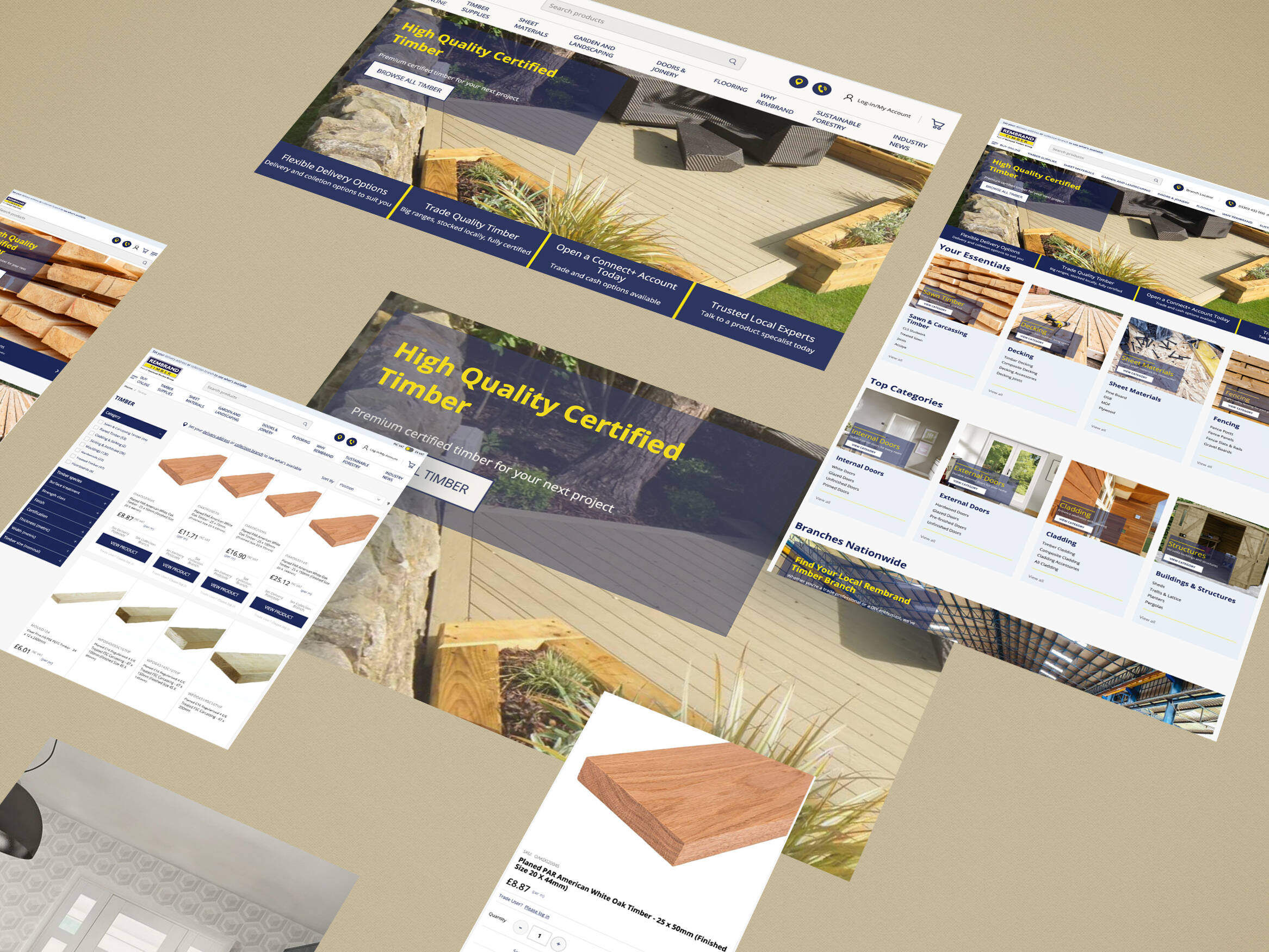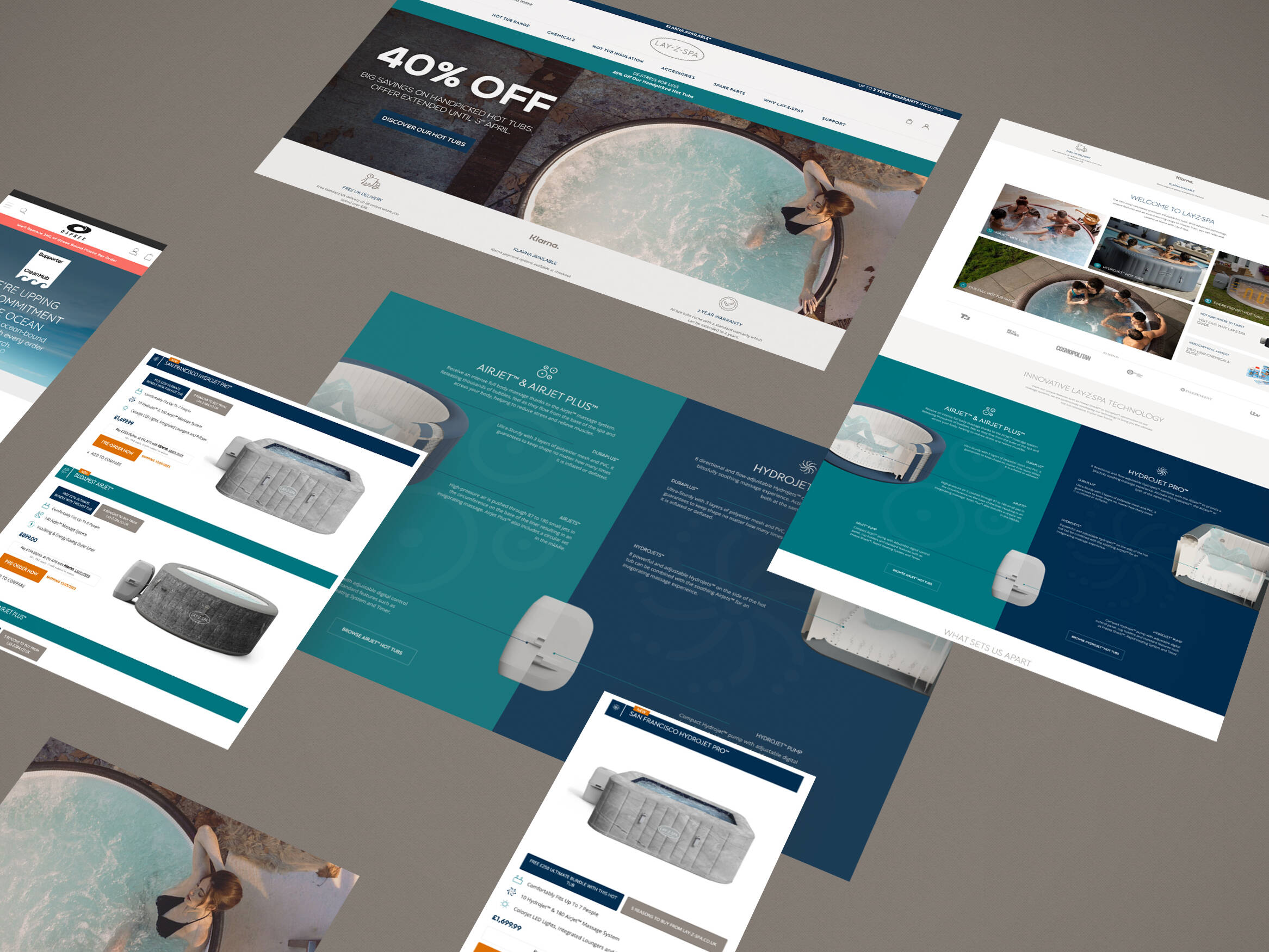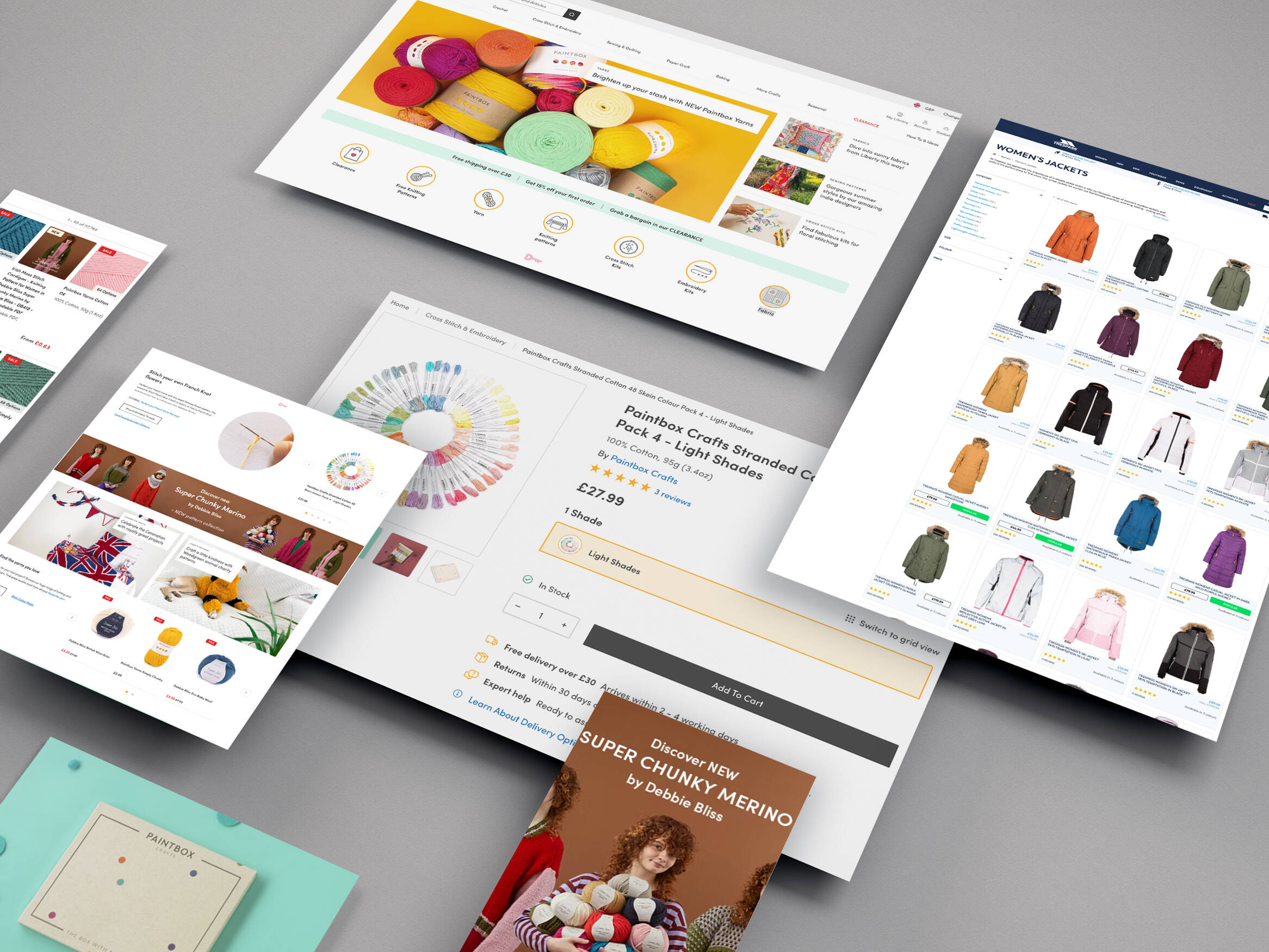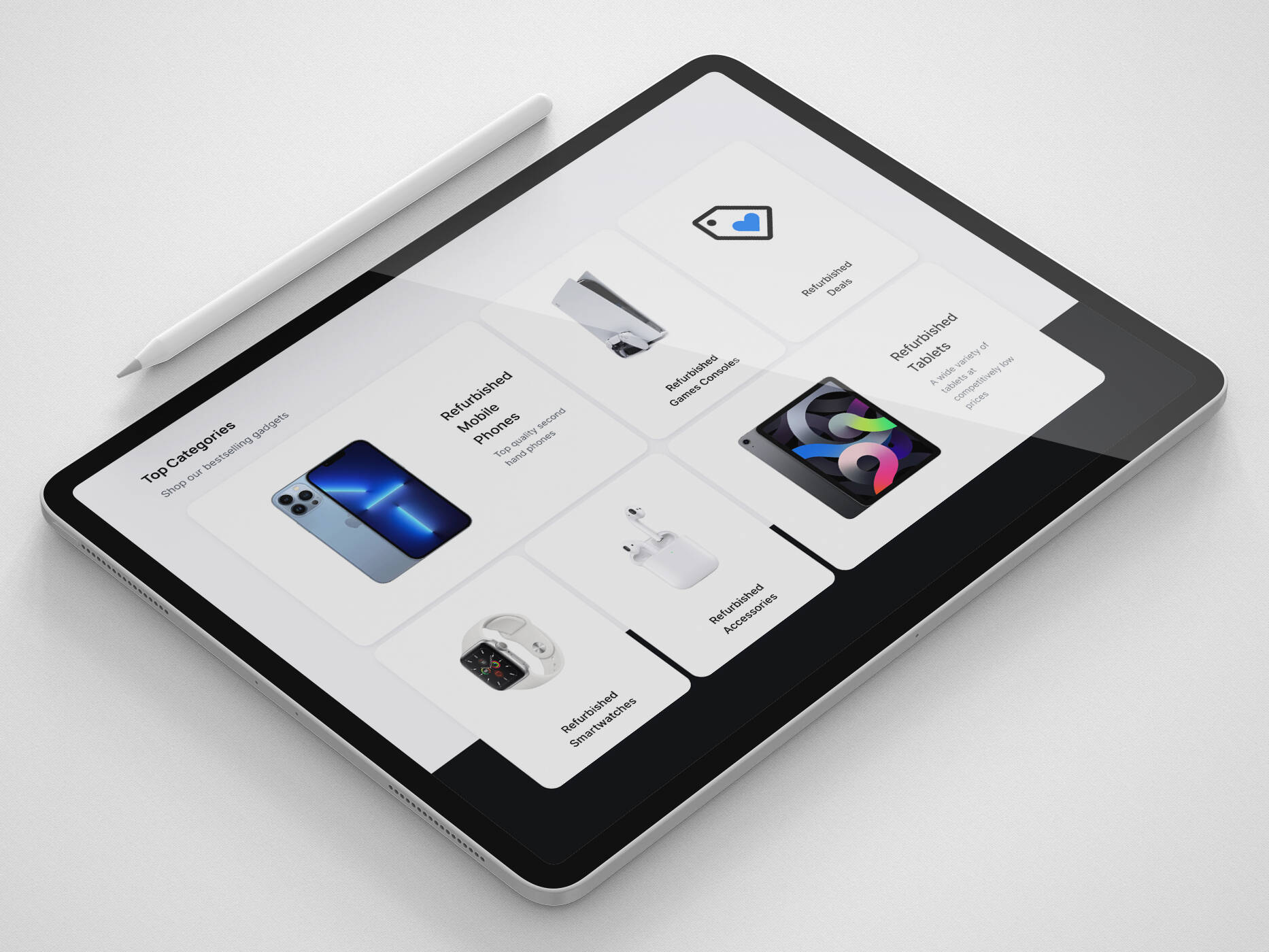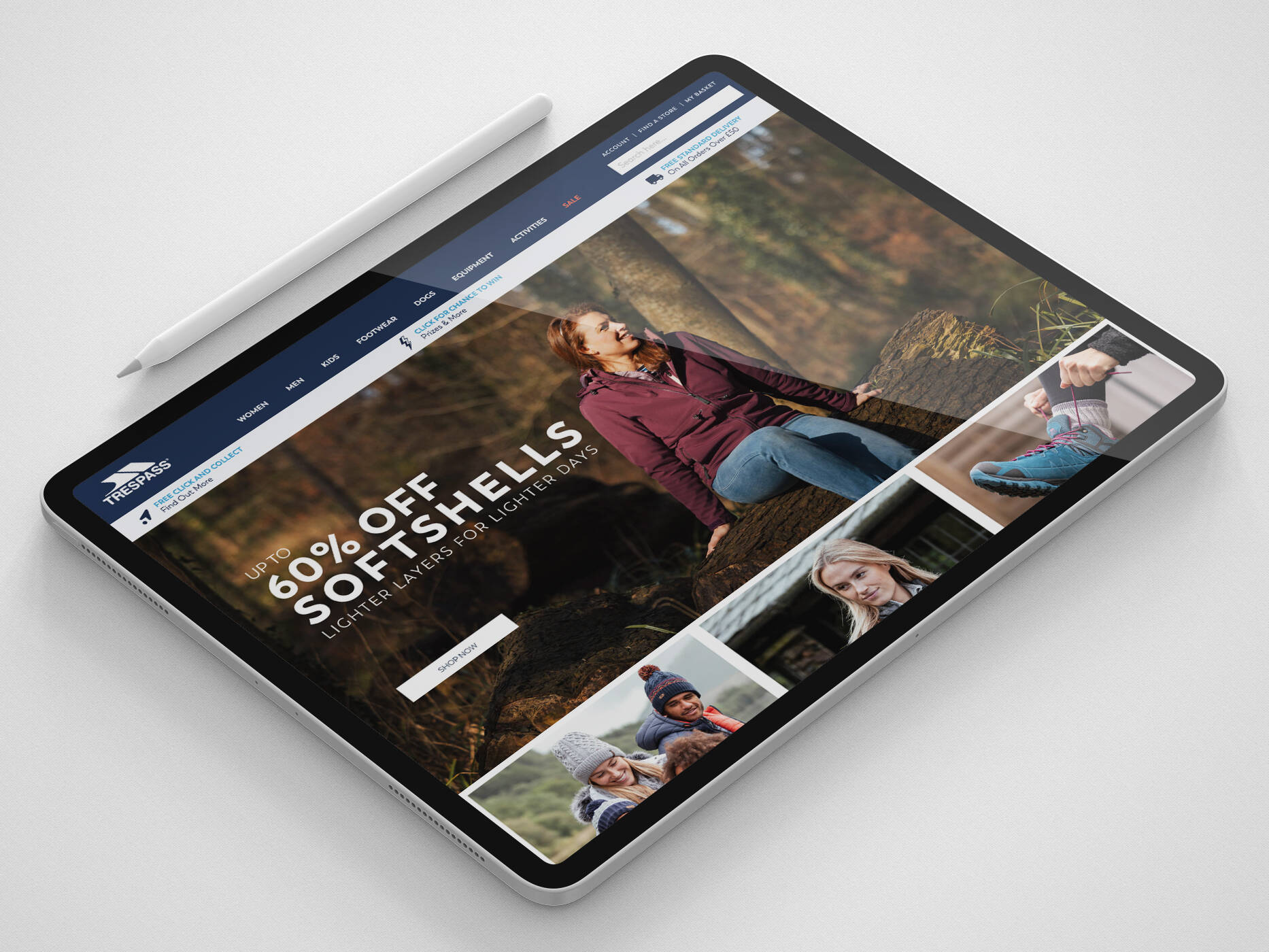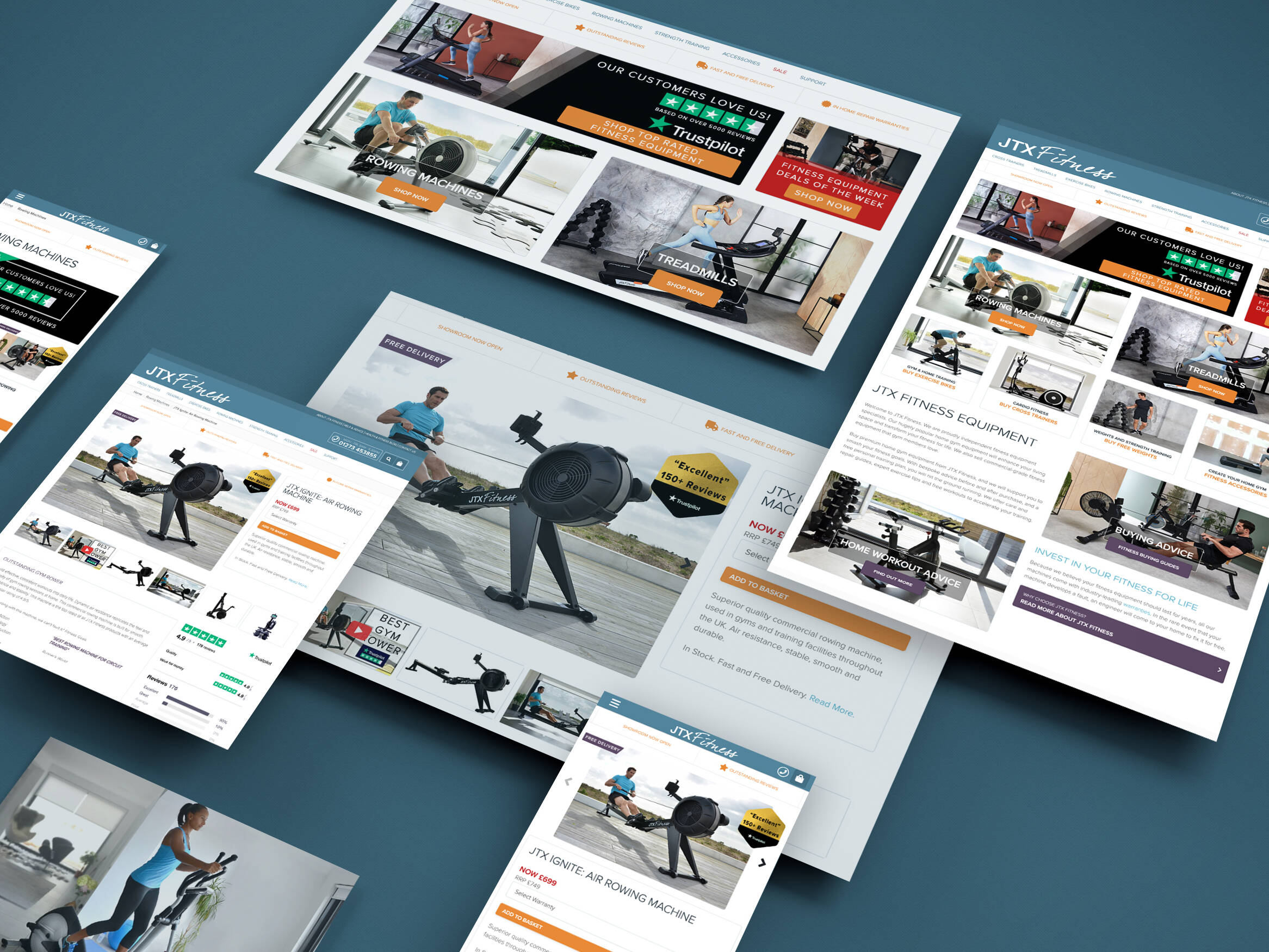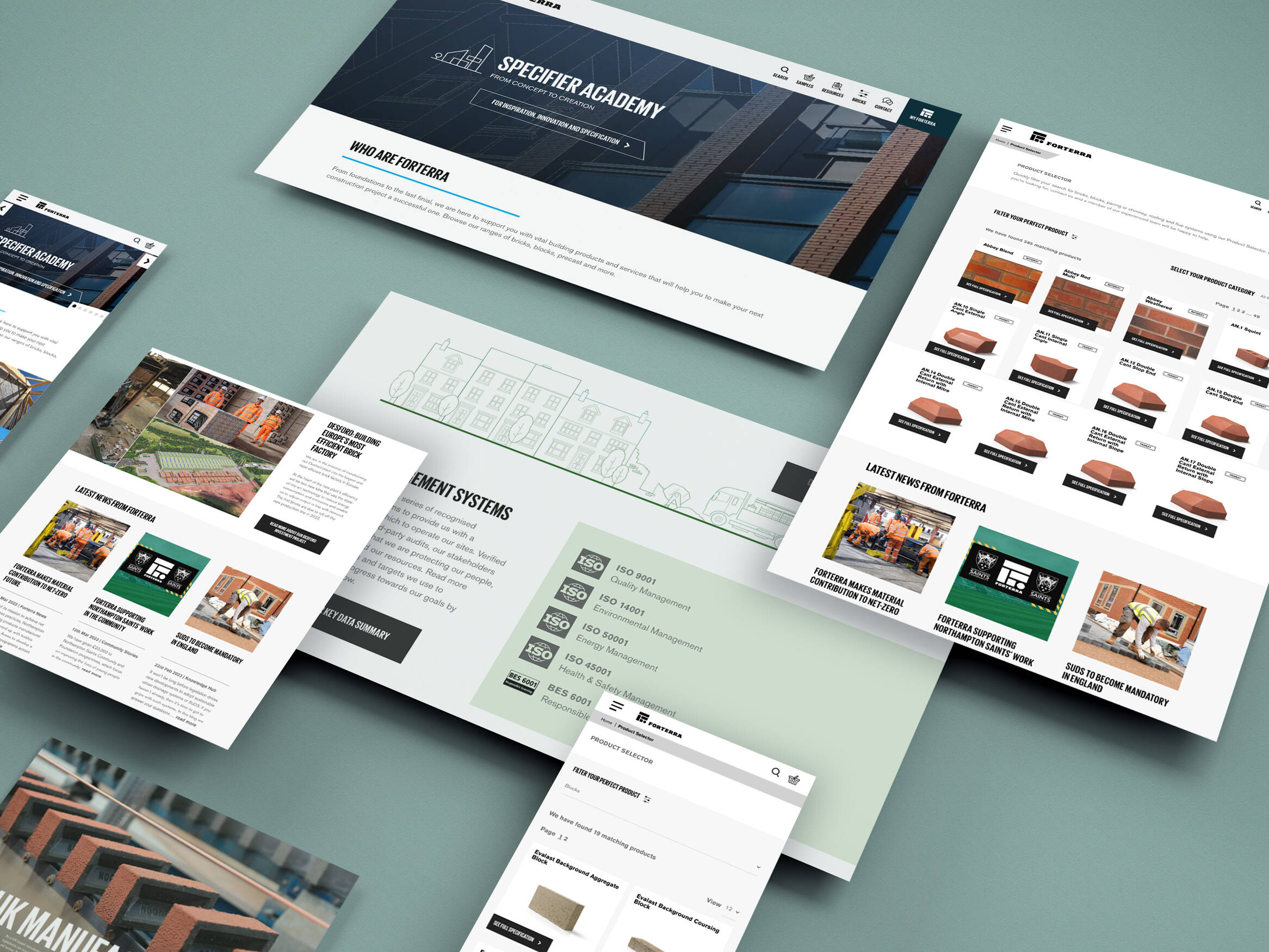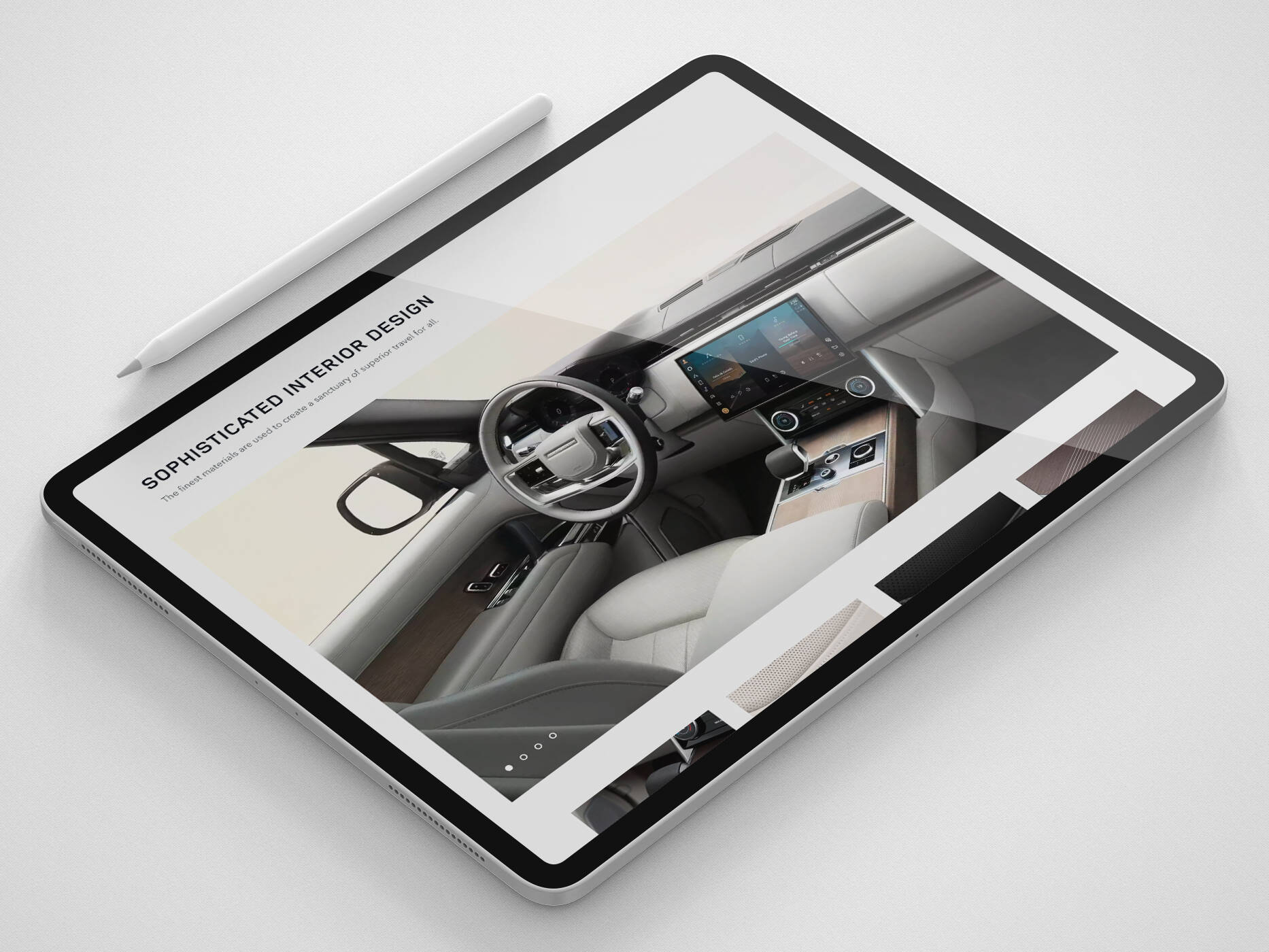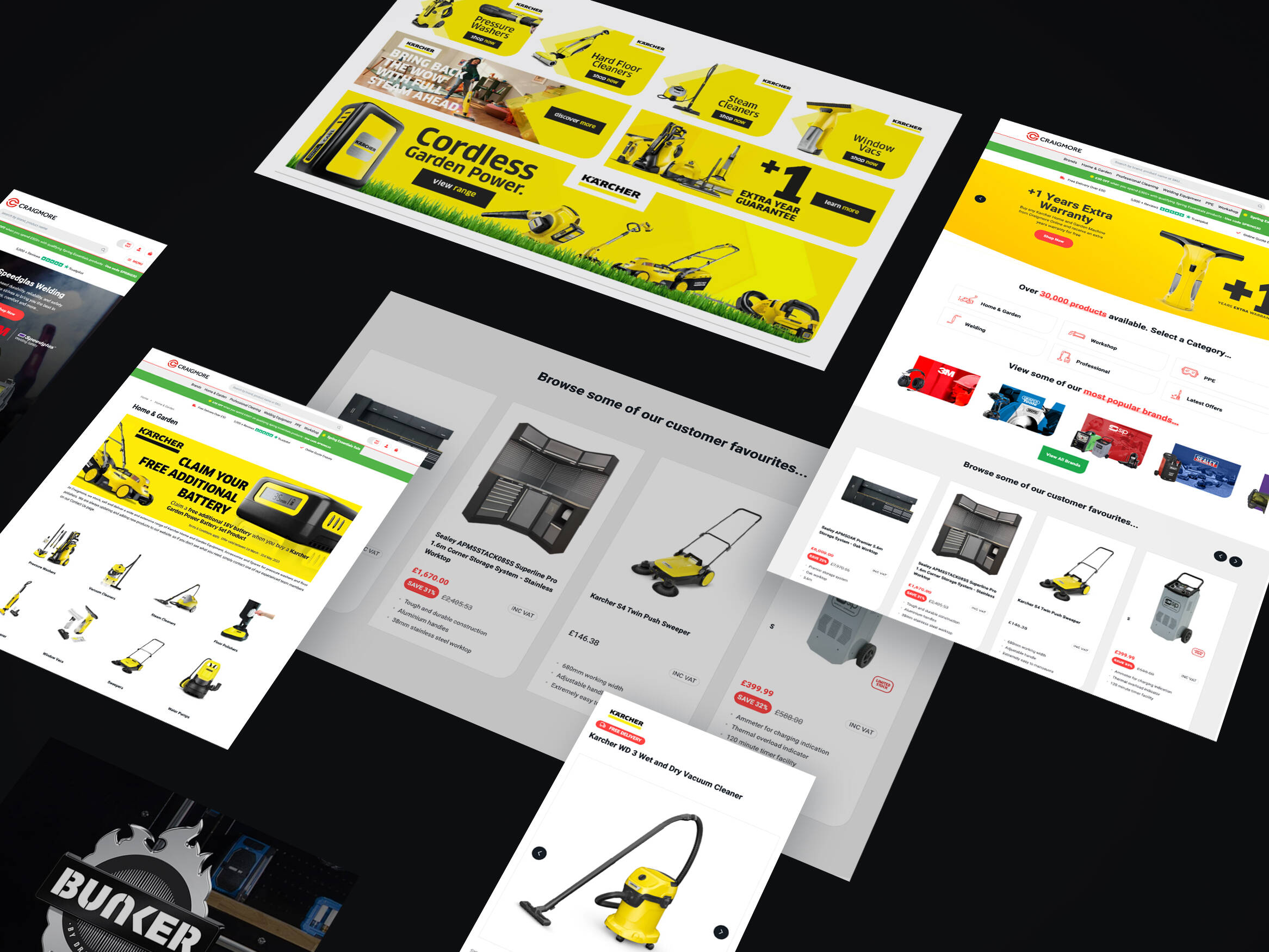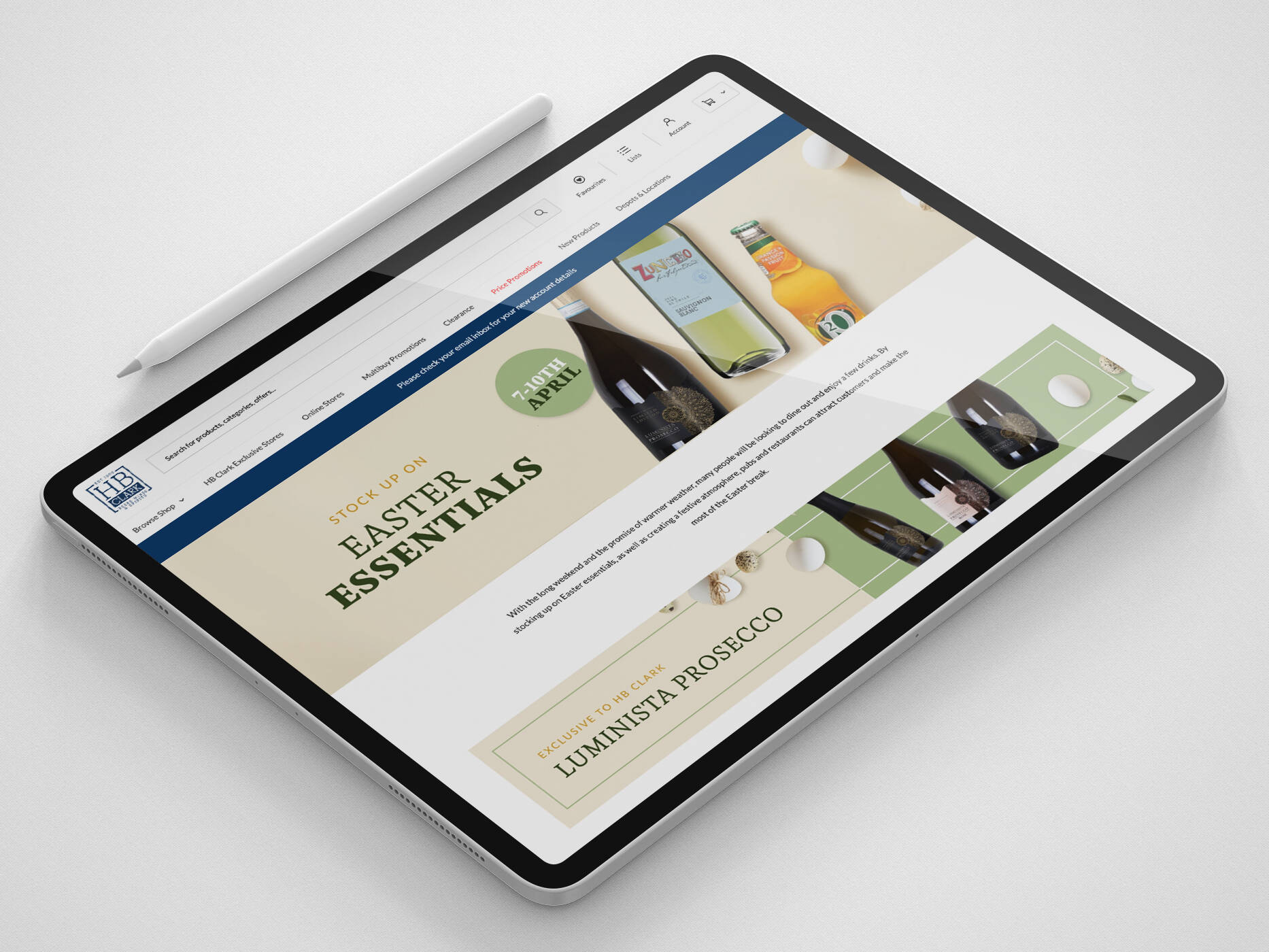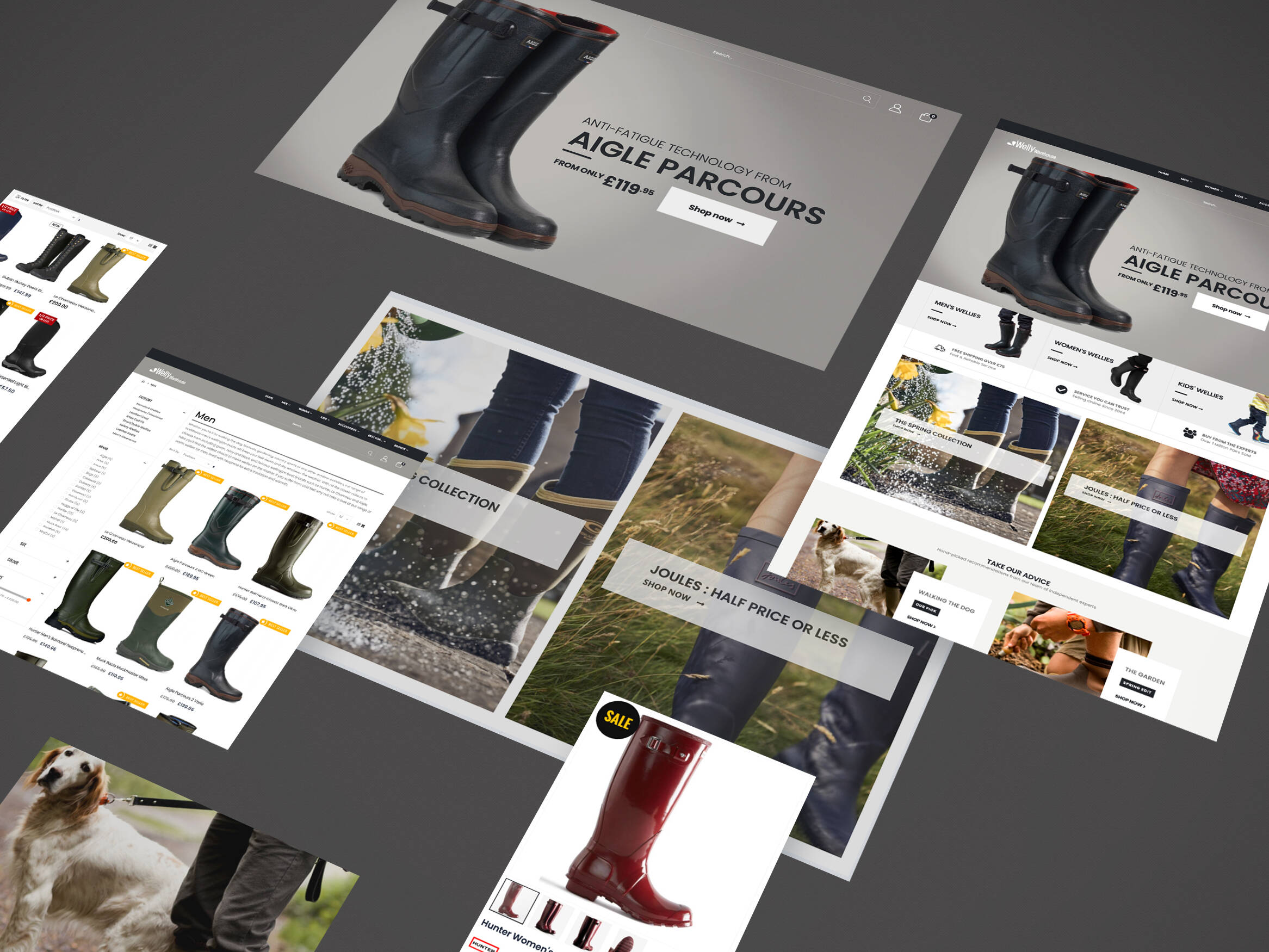Video remains one of the most powerful mediums to help you get your message across and advances in technology have made this more achievable and accessible than ever.
All retailers know the importance of quality product imagery, but video helps to provide even more detail into a product’s qualities in a manner that’s quick and easily digestible by your customers.
Video attempts to break down one of the last remaining barriers that ecommerce retailers face, namely providing shoppers with a tangible experience on how a product physically feels, as they would in a brick and mortar store.
The downside is that while video can work wonders for your bottom line, it can be an expensive outlay for some and is often overlooked for shorter term wins.
Retailers looking to benefit from video marketing might focus first on best sellers, product lines with high ROI or items which would benefit from more sophisticated product descriptions.
For businesses with a more complex sales funnel, a short clip explaining the buying cycle can help to instil confidence in your company whilst reducing the burden on your frontline customer service staff.
If you’re considering using video to increase your sales but are unsure where to start, here are some pointers…
How To Use Video Marketing To Improve Your eCommerce Sales
1. Product page videos
Buying anything online takes a lot of trust in a retailer. Unless you’ve been showrooming in store, you can’t touch, hear or see all the minute details from a standard image.
71% of consumers think video explains the product better – MultiChannel Merchant
A decent product page video helps you instil far more confidence by allowing customers to see products in further context – showing the main features, size and functionality – which is likely to increase conversions and reduce product returns.
2. 360 videos
Taking your product videos to the next level, 360 videos provide even more context for your product pages, giving shoppers a more visual experience to see exactly what they’re buying from all angles.
This is particularly useful for clothing and shoes or components and products which can be difficult to decipher intricate features from static images alone.
Customers are 85% more likely to buy after watching a product video – bufferapp
Ultimately, the more visually rich and appealing your product experience is, the more likely it is that your customer will make that all important purchase.
3. Social media
Over the last few years video has taken off across social media, thanks in part to the rise of native players on the likes of Facebook, Twitter and Instagram. With this, newsfeed algorithms have clamped down on reach for non-native videos shared from Vimeo or YouTube, so it’s important to upload your clips natively.
It’s tempting enough to create one clip to use across all channels, but to make the most of your exposure cater for ideal video lengths across each channel:
- Instagram – 30 seconds
- Twitter – 45 seconds
- Facebook – 1 minute
- YouTube – 2 minutes
Make sure your video gets straight to the point, is branded and includes a call to action at the end.
If you’re hosting your clips on YouTube, don’t forget that this is another huge search engine you can optimise for. Include keywords, hashtags and categorise appropriately, linking back to your website where you can.
4. Live streaming
Live video has really taken off in the last few years, with Facebook, Instagram, Twitter and YouTube the current leaders in this field. These social platforms give retailers the perfect opportunity to engage with customers directly and in real-time.
Content-wise, you might use live video to showcase new products or ranges, give an insight into the workings of your company with a behind the scenes tour, engage with fans with a Q&A session or provide a series of instructional videos on how to use your products.
As live video evolves there’ll no doubt be opportunities for the likes of Facebook and Instagram to allow direct purchasing from streams, so by getting into the habit of it now you’ll be well ahead of the game.
5. Show your processes
Video can be a hugely important asset to have in your arsenal if you’ve a more complex sales process than other companies. Rather than just relying on several pages of text explaining your buying, delivery or returns processes, a video can capture this in a more accessible manner.
You can instil confidence in potential customers, set realistic timeframes for when they can expect their order and reduce the burden on your frontline customer service staff by being upfront and answering common queries.
6. Testimonials
Taking your reviews to the next level with a series of video testimonials can have a huge uplift on your sales – up to 62% more according to BigCommerce. If you can find happy customers to strike the right tone between genuine positive engagement and promotion then your brand can benefit massively.
Whether you seek testimonials at product level, prefer service reviews or encourage customers to produce something more organic like an unboxing video or social media post, all of this adds to social proof and boosts your brand’s positive sentiment.
If you’re already requesting reviews through a service like Trustpilot, Yotpo or Feefo, try incentivising video testimonials with a discount off their next order, a chance to enter a prize draw or partner with influencers to boost your bank of content.
7. Teach your customers through product demos
If your products have a steep learning curve, offering a set of videos explaining common features or troubleshooting can help customers decide whether this is the right purchase for them.
This is particularly useful to show how to set up or install a product, how to use it in the correct context or how to use specific features that might be difficult to pick up from your usual product manuals.
For more industry-specific products, such as tools and hardware, providing clips on how to complete common tasks (i.e. plastering a wall) will help to position your company as an expert in your field and enables you to get more mileage out of your video content.
Some key tips for making the most of your videos…
Keep it short
Provide all the key information your customers expect, but keep it brief enough to retain their attention. Ideally, keep it no more than 2 minutes long. If you find yourself skipping towards the end then surely your customers will too?
Keep it high quality
Video is expensive but you shouldn’t cut corners and end up with a lower quality end result. Poor video sticks out like a sore thumb so keep a high resolution, quality framing and make sure you don’t waste your investment.
Don’t neglect your soundtrack
Be mindful of unwanted sound creeping into the background of your video, which can be off-putting. You can use royalty free music to create a unique feel to your video without getting into the rigmarole of clearing clips from labels.
Set clear goals and KPIs
Before you add video to your site, set up goals in your analytics program to track the number of people purchasing from those pages. Then as you add video, you can measure the success through the conversion rate.
In addition, you might track metrics such as bounce rate, average time on site or even the number of support requests to your customer service team.
Focus on mobile
As users gravitate more than ever towards mobile devices, you shouldn’t neglect this huge segment of your audience. Data is an issue for many mobile users so get straight to the point to avoid users having to skip forward through unnecessary chat. Its also best practice to make sure your clips are compressed without compromising quality.
If you have a voiceover, consider using subtitles, captions or a transcript for those who watch videos on mute. This is also a particularly good tactic to use across social media as many users prefer to watch videos without sound on.
Summary
While video can be expensive depending on how much you value high production values, it can be achievable on a lower budget using something as simple as an iPhone and iMovie.
The benefit of using video is that it certainly has its perks. Putting a video up on your website shows a level of trust in your own product, giving customers more confidence that you’re the right fit for them.
There’s also the added benefit to your SEO, with video content seeing a huge uplift in organic traffic, increased time on product pages and higher conversion rates.
Finally, by creating quality video content you can keep customers engaged in-between purchases, making them more likely to return to your in future.
So if you’re taking the plunge and investing in video content for your brand, keep your customers in mind first and foremost, carefully monitor your results and watch your conversions soar.
If you want to transform your conversion rates, get in touch with iWeb’s team of experts today
Get in touch
We know commerce, let us help you improve customer experience, increase conversion rates, and make that digital change.
- hello@iweb.co.uk
